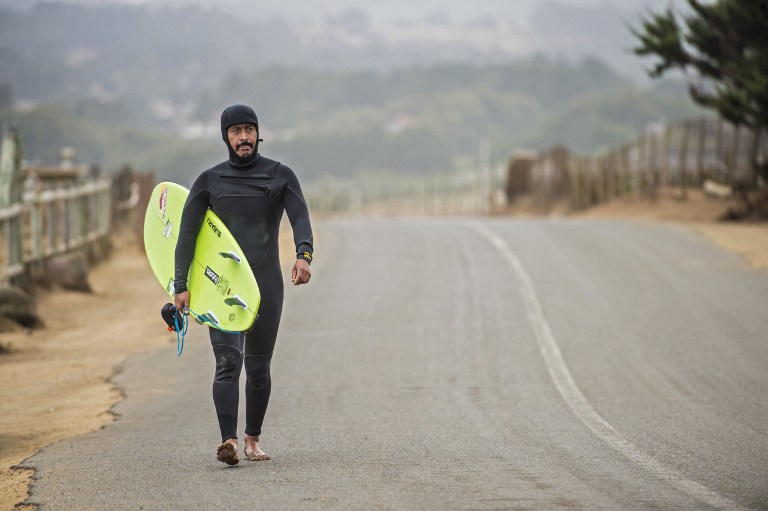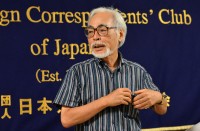
by Giovanna FLEITAS
Ramon Navarro is one of the world’s top big-wave surfers, but this fisherman’s son still has a place in his heart for the spot where he learned his trade — a stretch of Chilean coastline he is now fighting to save.
Navarro, a wiry 37-year-old with the deeply tanned face of those who have spent their lives on the sea, is from Punta de Lobos, a remote, rocky stretch of coast in central Chile.
He remembers it as an unspoiled paradise of fierce waves where fishermen like his father shared the coast with sea turtles, sea lions, birds and llamas.
But in recent years, a burst of development has brought construction cranes, real estate speculators and tourists to the area, and the coastline is increasingly broken up by hotels, houses and restaurants.
That is threatening the ecosystem, the wild beauty of the region and the livelihood of local fishermen, environmentalists say.
The small-scale fishermen in Punta de Lobos who make their living from the ocean complain it is ever more difficult to access through this labyrinth of private properties — despite Chilean law that guarantees public access to all beaches on the country’s long Pacific coast.
“In Chile, they say the sea belongs to all Chileans, but it’s far from true,” says Navarro, a prize-winning big-wave specialist who currently stands 12th in the world rankings and finished runner-up in the 2011 world tour.
Fearing for the future of his home break, he launched an online campaign to raise awareness and funds, seeking to buy up as much land as possible and save it from development.
He has already raised more than $270,000 through his website, lobosporsiempre.org.
He is also lobbying for a strong law to protect the Chilean coast.
“My vision of the ocean isn’t just to go in and catch a wave. It’s different. I try to understand why that wave was generated and make people understand that if we take care of this place, that wave can have economic potential for the region,” he told AFP.
https://youtu.be/YYYHsEYqIqo
– ‘Tearing down walls’ –
Navarro has traveled the world riding the largest waves on Earth, surfing in spots as far-flung as Antarctica for his sponsors, which include energy drink maker Red Bull and outdoor gear company Patagonia.
His career has taken him a long way from his hometown, in more ways than one.
“It was hard for my family to understand the idea of trying to live off surfing. People here saw surfers as outsiders who came with money and a board to have parties and do drugs,” he said.
To become a professional surfer, he had to “tear down a lot of walls,” he said.
Now he is trying to do the same with his environmental campaign.
He is backed by the Save the Waves Coalition, a US-based advocacy group dedicated to protecting the coastline and the world’s surfing zones.
The group has declared Punta de Lobos, which is hosting a stop on the World Surf League’s Big Wave Tour this year, a “world surfing reserve.”
Navarro is fighting to make that designation more than just a name on paper.
In a first big victory, he has convinced an anonymous buyer to purchase the 2.5 hectares (six acres) that make up the rocky point of Punta de Lobos, where the area’s waves are at their gnarliest.
The buyer has agreed to donate the land to Navarro’s foundation, which plans to reforest it and turn it into a natural park.
© 1994-2016 Agence France-Presse







